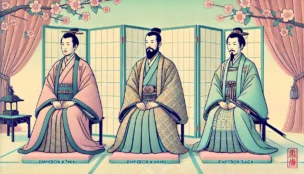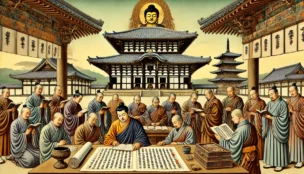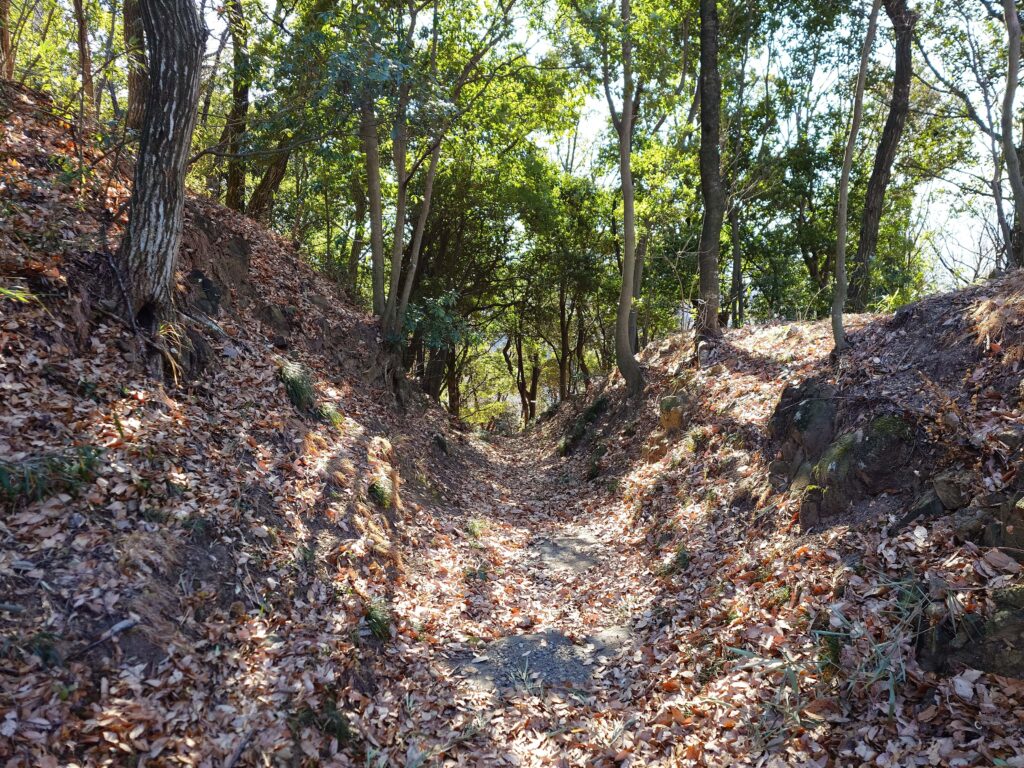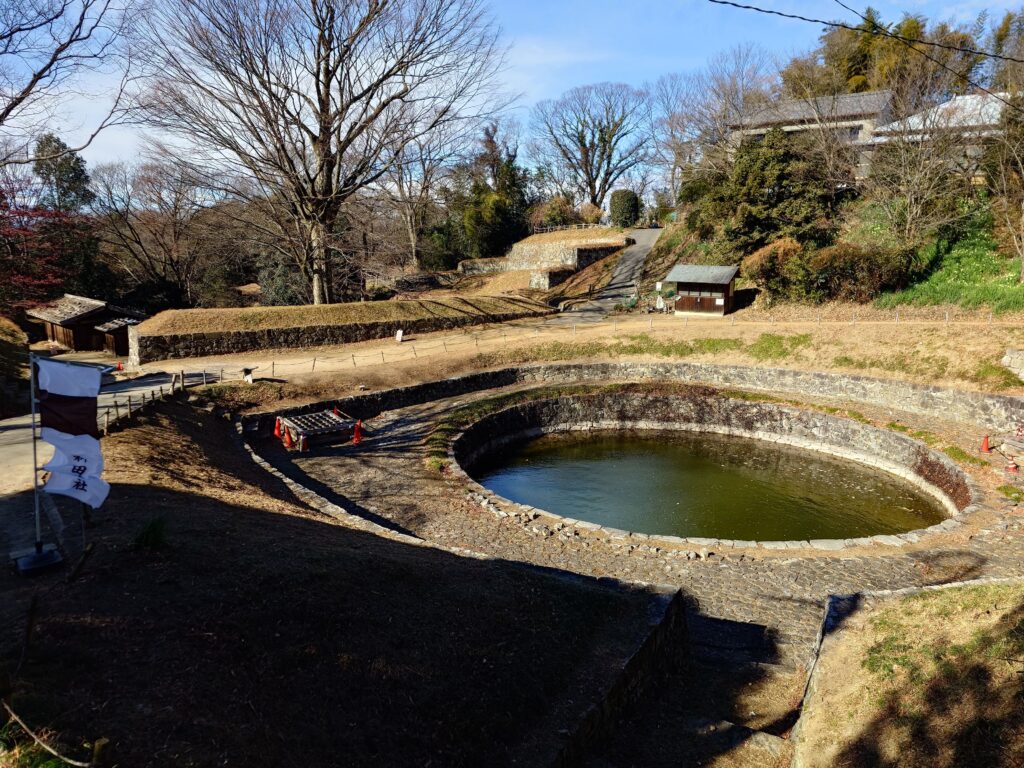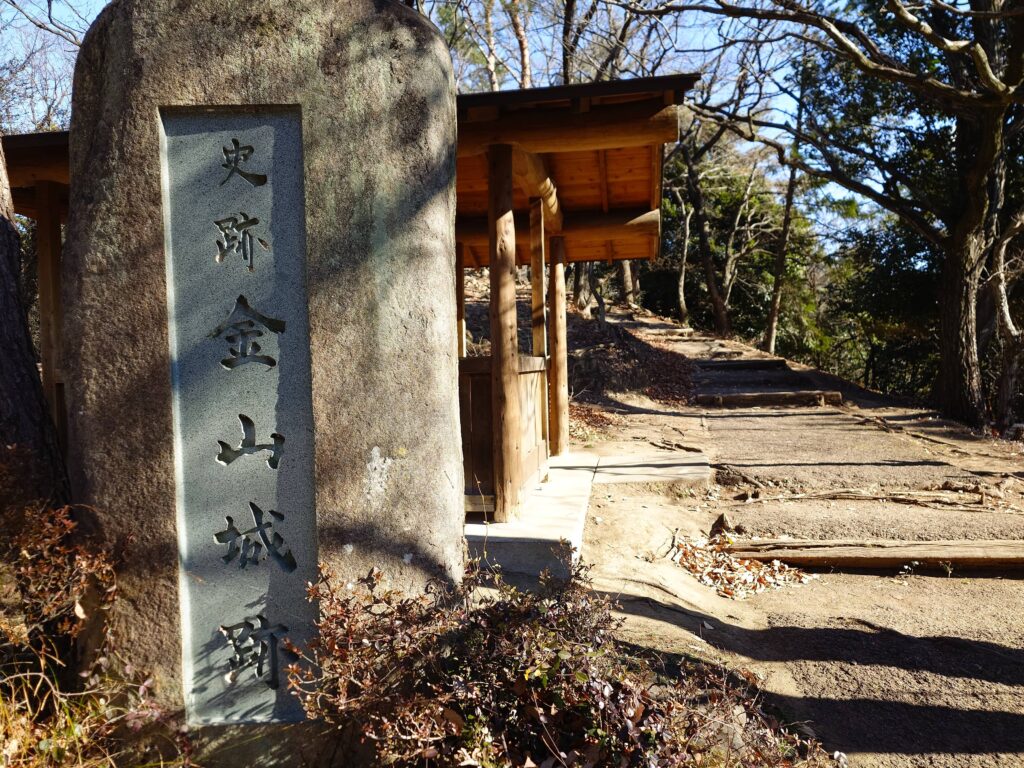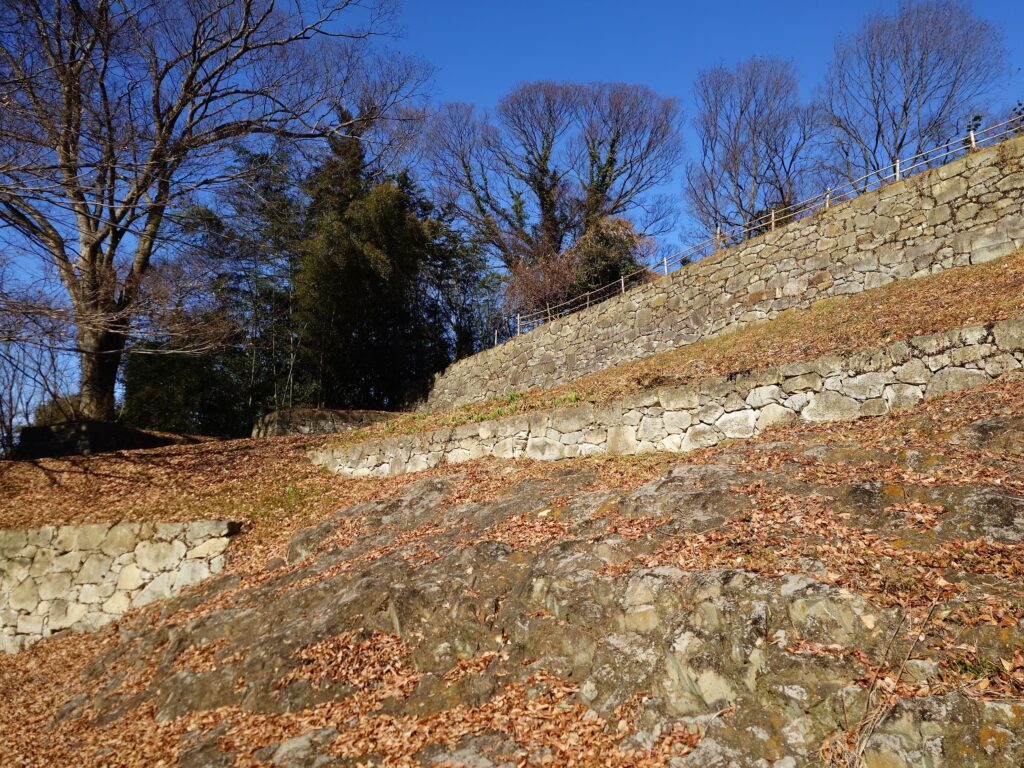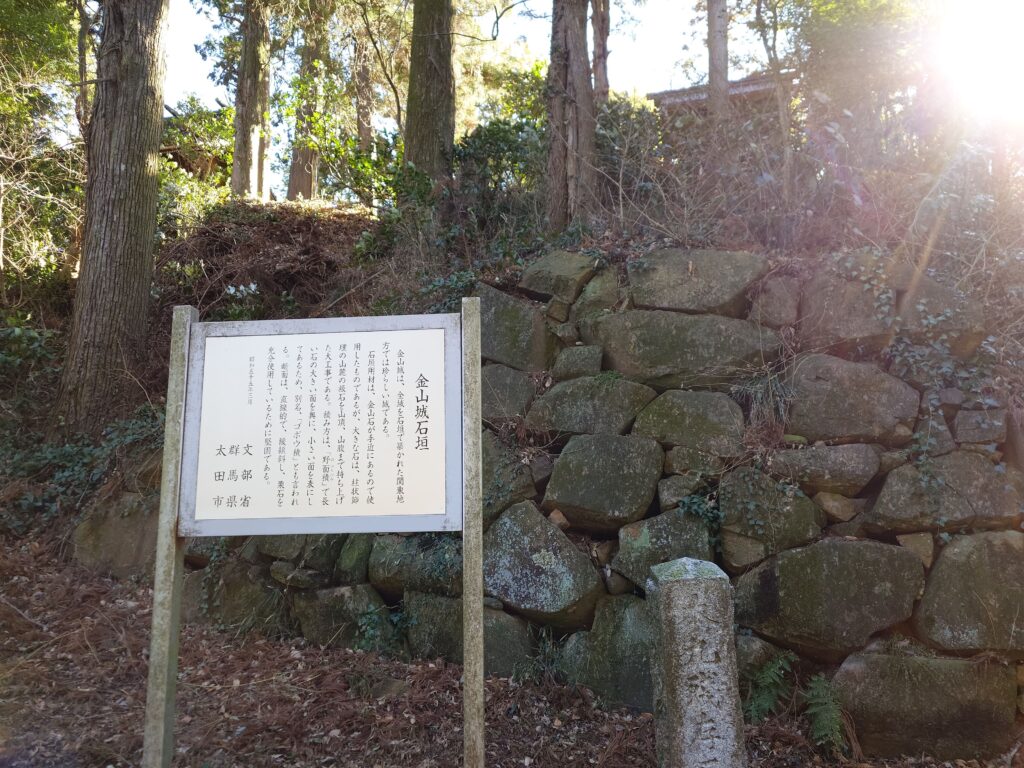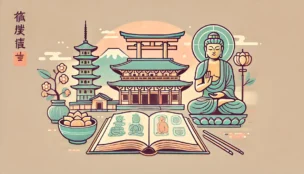The Accession to the Throne and Political Reforms of Emperor Kōnin(光仁天皇の即位と政治改革)
Political Turmoil and the Rise of Emperor Kōnin
At the end of the Nara Period, Japanese politics were in turmoil due to the rise of Buddhist power and the struggle for power among the aristocracy.
In particular, Empress Shōtoku(称徳天皇) (the second reign of Empress Kōken(孝謙天皇)) was a devout Buddhist, and her appointment of the Buddhist monk Dōkyo(道鏡) to a position of great influence in government led to a backlash from the aristocracy.
After the death of Empress Shōtoku, Fujiwara no Momokawa(藤原百川) and others led a campaign to install Emperor Kōnin(光仁天皇), a member of the Emperor Tenji (天智天皇)lineage, rather than the Emperor Tenmu(天武天皇) lineage. This led to the restoration of the imperial line descended from Emperor Tenji.
Restoring the economy and rebuilding the government
Emperor Kōnin (reigned 770-781) reversed the preferential treatment of Buddhism during the reign of Empress Shōtoku and worked to reform the government and finances.
He reduced the number of government officials and bureaucrats, and tightened up local government by strengthening the supervision of provincial and district governors.
In addition, the descendants of Prince Nagaya(長屋王) and Prince Funado(道祖王) were suspected of plotting a rebellion and punished.
Confusion over the Imperial succession and the appointment of Emperor Kanmu as Crown Prince
Emperor Konin’s wife was the half-sister of Empress Shōtoku, and her son, Prince Osabe(他戸親王), was appointed as the Crown Prince. However, she and Prince Osabe were deposed and soon died after being accused of cursing the Emperor Kōnin.
After that, Emperor Kōnin made Prince Yamabe(山部親王) (later Emperor Kanmu(桓武天皇)), the son of Takano no Niigasa(高野新笠), a descendant of a family with migrant origins, his heir apparent.
Emperor Kanmu’s political reforms and relocation of the capital
Emperor Kanmu(桓武天皇) (reigned 781-806) continued the policies of his father, Emperor Kōnin, and carried out further political reforms.
(1) Moving the capital to Nagaoka-kyō (784)
In 784, Emperor Kanmu moved the capital to Nagaoka-kyō(長岡京) because the political influence of the Buddhist forces was growing in Heijo-kyō(平城京).
However, the following year, Fujiwara no Tanetsugu(藤原種継), who was the central figure in the construction of Nagaoka-kyo, was assassinated, and Prince Sawara(早良親王), who was suspected of involvement in the incident, was deposed and died a violent death.
This incident led to increased political instability in Nagaoka-kyō.
(2) Relocation of the capital to Heian-kyo (794)
In 794, Emperor Kanmu abolished Nagaoka-kyō and built a new capital, Heian-kyō(平安京), in the Yamashiro region(山背国). At the same time, the Heian period(平安時代), which would last for around 400 years, began.
Heian-kyō was laid out with the imperial palace at its northern end, as well as administrative facilities such as the Chōdō-in(朝堂院) and Buraku-in(豊楽院), and the Suzaku-Oji Avenue(朱雀大路) running through the center, dividing the city into a grid pattern of left and right wards. However, urban development in the right ward was delayed due to the fact that it was a low-lying, marshy area.
(3) Tōhoku Management and the Policy of Conquering the Barbarians
The policy of expanding control over the Tōhoku region that had continued since the Nara period was also one of the important issues for Emperor Kanmu. The government strengthened its military forces in response to the frequent rebellions of the Emishi(蝦夷).
① Korehari no Azamaro’s Rebellion (780)
During the reign of Emperor Kōnin, the powerful Emishi clan leader Korehari no Azamaro(伊治呰麻呂) launched a large-scale rebellion, attacking and burning down Taga Fort(多賀城).
This rebellion led the Imperial Court to decide to strengthen its control over the Tōhoku region.
② The Ki no Kosami Expedition (789)
Emperor Kanmu appointed Ki no Kosami(紀古佐美) as Seiō Taishi(征東大使)(“General of Eastern Conquest”), and in 789 dispatched him to try to defeat the Emishi in the Isawa region(胆沢地域) in the middle reaches of the Kitakami River(北上川), but the government forces were defeated in a major battle by the fierce fighting of the Emishi chieftain, Aterrui(阿弖流為).
③ The Conquest of the Emishi by Tamuramaro (802)
Afterwards, Sakanoue no Tamuramaro(坂上田村麻呂), who had become Seii Taishōgun(征夷大将軍) (“Great General for Subduing Barbarians”), built Isawa Fort(胆沢城) in 802 and forced Aterui to surrender.
In the following year, 803, he built Shiwa Fort(志波城) on the upper reaches of the Kitakami River, strengthening his base of control in the Tōhoku region.
He also relocated the Emishi(蝦夷) to various locations, further extending his rule.
(4) Financial and Military Reforms under Emperor Kanmu
Emperor Kanmu implemented aggressive financial reforms in response to the deterioration of the national finances caused by the burden of moving the capital and conquering the barbarians.
① Reform of the military system
As military tensions with Silla eased, Emperor Kanmu abolished the old military corps in areas other than Tōhoku and Kyūshū in 792, and introduced a new system of conscription of children of county officials and influential farmers as “Kondei(健児)”. This reduced the burden on soldiers while also aiming to make the army more elite.
② Establishment of the Kageyushi
As irregularities were rife when the provincial governors were replaced, Emperor Kanmu established the Kangeyushi(勘解由使)(Office to Oversee Provincial Governor’s Performance) and tightened the scrutiny of the Keyujō(解由状) (documents recording the financial situation of the provincial governors).
(4) Tokusei Sōron and the suspension of the two major projects
In 805, Sugano no Mamichi(菅野真道) and Fujiwara no Otsugu(藤原緒嗣), two of Emperor Kanmu’s most trusted advisors, held a “Tokusei Sōron(徳政相論)” to discuss the state of the nation’s finances.
Sugano no Mamichi argued that continuing the two major projects of pacifying the Tōhoku region (subjugating the Emishi) and building Heian-kyō would lead to national stability.
On the other hand, Fujiwara no Otsugu pointed out that these projects were putting pressure on the national finances and placing a heavy burden on the people, and argued that military and construction work (building the capital) should be halted.
In the end, Emperor Kanmu adopted Fujiwara no Otsugu’s opinion and made the decision to stop the management of the Tōhoku region and the construction of Heian-kyō. This led to the rebuilding of the national finances.
The accession to the throne and reforms of Emperor Saga
After the death of Emperor Kanmu, Emperor Heizei (平城天皇)(reigned 806-809) ascended the throne, but due to illness he abdicated in favor of his younger brother, Emperor Saga(嵯峨天皇) (reigned 809-823). During the reign of Emperor Saga, further political reforms were carried out.
(1) Retierd Sovering Heizei Incident (810)
Retired Sovereign Heizei(平城太上天皇) (Emperor Heizei) attempted to move the capital to Heijo-kyō, but this led to a conflict with Emperor Saga, who suppressed the rebellion with military force.
At this time, his lover Fujiwara no Kusuko(藤原薬子) committed suicide, and her brother, Fujiwara no Nakanari(藤原仲成), was executed (Retierd Sovering Heizei Incident(平城太上天皇の変), also known as Kusuko Incident(薬子の変)).
(2) Establishment of the Kurōdo-dokoro
In response to this incident, Emperor Saga established the Kurōdo-dokoro(蔵人所) (Office of the Secretary) to ensure that the emperor’s orders were carried out promptly, and appointed Fujiwara no Fuyutsugu(藤原冬嗣) and others to the position of Kurōdo no Tō(蔵人頭) (Chief Secretary). This was intended to strengthen the emperor’s authority.
(3) Establishment of the Kebiishi
In order to maintain public order in Heian-kyō, Emperor Saga established the Kebiishi(検非違使). Initially, it was a police force within the capital, but later it also came to have a judicial function.
(4) Legal Reform
Emperor Saga compiled the Kōnin Kyakushiki(弘仁格式) as a supplement to the Ritsuryō(律令). This was followed by the Jōgan Kyakushiki(貞観格式)(Emperor Seiwa(清和天皇)) and the Engi Kyakushiki(延喜格式) (Emperor Daigo(醍醐天皇)), and these are collectively known as the “Sandai Kyakushiki(三代格式)”.
(5) Development of ceremonies
In order to clarify the order of the Imperial Court, Chinese-style ceremonies and rituals were introduced, and the “Dairishiki(内裏式)” was compiled. This strengthened the political order centered on the Emperor.
Summary
The reigns of Emperor Kōnin, Emperor Kanmu and Emperor Saga were periods in which the influence of Buddhist power was eliminated, a new political foundation was established through the relocation of the capital, and the management of the Tōhoku region and financial reform were promoted.
The policies of Emperor Kanmu put pressure on the national finances, and ultimately the decision was made to cancel the project through the Tokusei Sōron.
Emperor Saga established the administrative system of Heian-kyō and promoted the reorganization of the ritsuryō system and the establishment of ceremonies.
These reforms established the political foundation of the Heian period.

